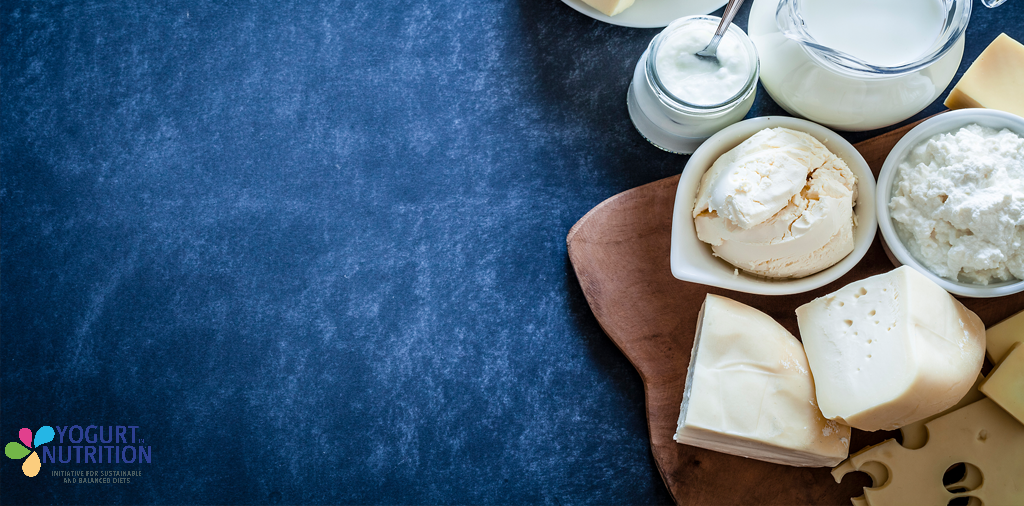When it comes to the goodness we get from dairy products, it’s not just the nutrients that matter.
The research is revealing that the health benefits of dairy products can’t be fully explained by the individual nutrients these products contain. The answer, the experts believe, lies in the overall package of properties known as the dairy matrix (1).
The dairy matrix is a term used to describe the physical structure of a dairy product, the nutrients and other compounds it contains, and how these interact together. Researchers are moving away from studying the health effects of individual nutrients and are now focusing on benefits of the whole dairy matrix.
The matrix could explain, for example, why different dairy products seem to have different protective health effects. Now the author of this article is calling for more research into the role of the dairy matrix, and pointing to the possibility of developing personalised nutritional advice that is personalised for individuals’ needs.
Nutrients and bacteria are important
Dairy foods are a rich source of vital nutrients, including protein, fat, and many vitamins and minerals. Fermented products such as yogurt and cheese contain bacteria and evidence suggests that these can help to boost the immune system and restore a healthy balance of bacteria in the gut.
Solid or liquid – physical structure matters
Yogurt (semisolid) and cheese (solid) stay in the gut for longer, slow digestion and suppress appetite when compared with milk (liquid). This affects the absorption of nutrients and their impact on the body.
Milk fat globules and reduced cholesterol absorption
Fat globules in milk are each surrounded by a membrane. High-fat dairy products, with the exception of butter, are rich in milk fat globule membrane (MFGM). Products with high MFGM, such as cheese, are associated with reduced cholesterol absorption.
‘There are so many aspects of the dairy matrix that require investigation, including physical state, bioactive constituents such as MFGM (content and alterations due to processing), fermentation, and interactions among constituents.’ – Weaver, 2021.
Dairy matrix and health outcomes
People who regularly consume milk, yogurt and cheese are more likely to have reduced risks of colorectal cancer, high blood pressure, heart disease and stroke (2). Yogurt consumption has also been associated with protection against type 2 diabetes.
The positive effects of high-fat dairy products such as cheese on blood pressure and heart health may surprise you. It’s clear that the relationship depends on more than saturated fat or total fat content (3).
The dairy matrix also seems to play a role in the benefits of dairy on bone health. A study in rats has suggested that calcium from dairy foods is better than calcium supplements for bone growth. The effect wasn’t due to differences in calcium absorption.
Nutritional advice could be personalised
At the moment we don’t know exactly how the complex dairy matrix exerts its effects. As different dairy products vary in their protective effects for different diseases, research may show that it’s best to eat a variety of dairy products, the author points out.
Further research may also pave the way to tailoring nutritional advice for people who have risk factors for certain diseases, says the author.
‘The variable effects of dairy-product consumption on health suggest possibilities for personalized nutrition advice.’ – Weaver, 2021.



